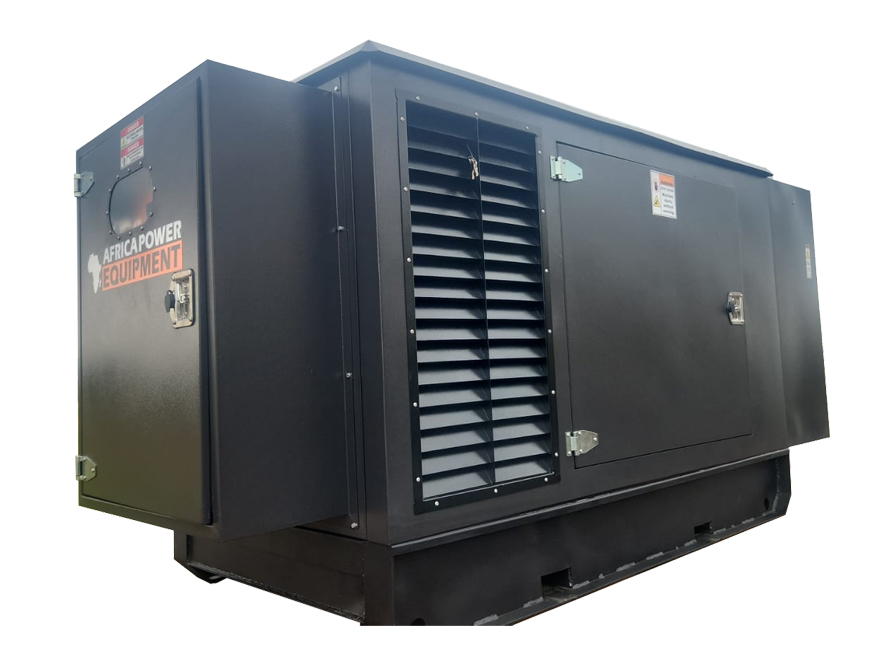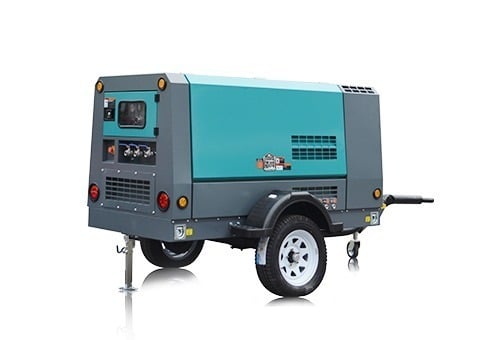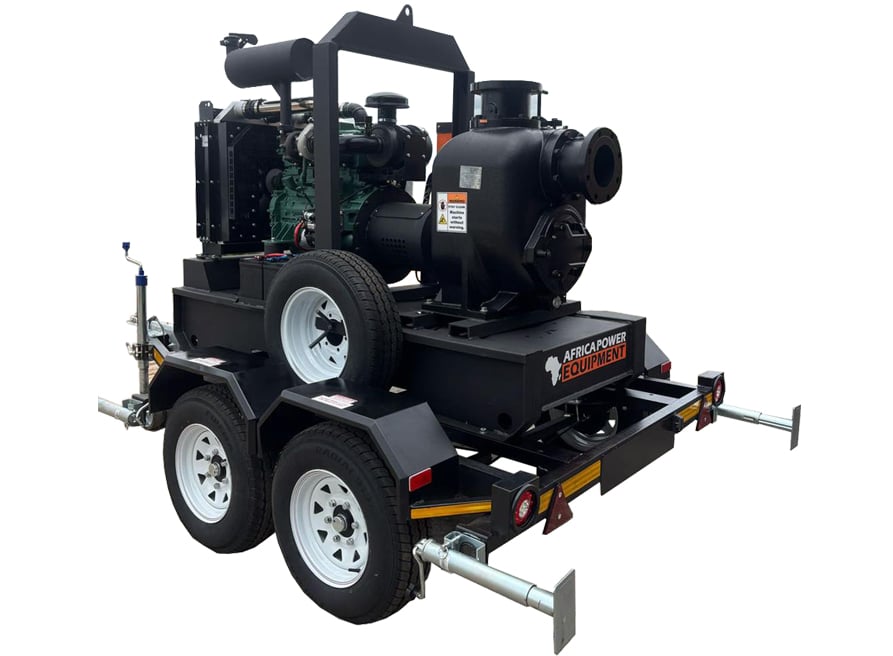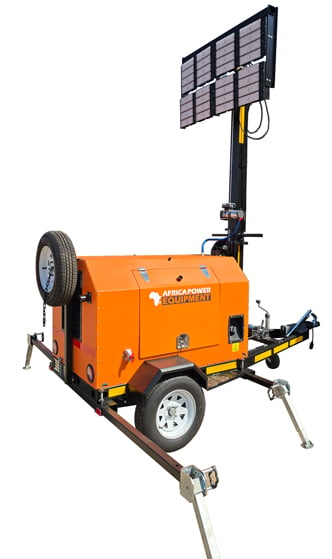Choosing the Right Industrial Air Compressor: A Complete Guide
Selecting the right air compressor for industrial use is a major decision. The wrong choice can lead to inefficiency, increased costs, and equipment failure. Whether you’re running a manufacturing facility, workshop, or processing plant, your compressor must meet the exact demands of your operations.
In this guide, we’ll break down the key factors for choosing the right industrial air compressor, from sizing and power source to duty cycle, CFM, PSI, and more.
🔍 What Makes an Air Compressor “Industrial”?
Industrial air compressors are designed for continuous or high-demand use in commercial and manufacturing environments. Unlike small garage models, they are built for durability, efficiency, and high-volume air delivery.
Common applications include:
-
Manufacturing lines
-
CNC machining
-
Food processing
-
Packaging equipment
-
Automotive assembly
🧮 Step 1: Determine Your Air Demand (CFM)
CFM (Cubic Feet per Minute) is a measure of airflow. It tells you how much air your tools or machines consume per minute.
✅ How to calculate total CFM:
-
List all air-powered tools/machines in use.
-
Find the CFM requirement for each (usually listed in manuals).
-
Add them up.
-
Add 20–25% buffer for safety.
Example:
| Equipment | CFM Requirement |
|---|---|
| Impact Wrench | 5 CFM |
| Sandblaster | 10 CFM |
| Paint Sprayer | 12 CFM |
| Total | 27 CFM + 25% = ~34 CFM |
⚙️ Step 2: Match the Pressure (PSI)
PSI (Pounds per Square Inch) indicates the pressure level your equipment needs.
Most industrial tools require 90–150 PSI, but some specialized equipment may need more. Choose a compressor that can consistently maintain your required PSI under load.
🔌 Step 3: Choose the Right Power Source
Air compressors can be powered by:
-
Electric motors – Quiet, efficient, and ideal for indoor use.
-
Diesel engines – Rugged and portable; best for sites with no grid power.
-
Petrol engines – Less common but useful for temporary setups.
Electric compressors are most popular for industrial applications due to:
-
Lower operating costs
-
Reduced noise
-
Clean energy usage
🔁 Step 4: Consider Duty Cycle and Usage
Duty cycle defines how long a compressor can run before needing rest.
-
50% duty cycle: Runs half the time (e.g., 30 minutes per hour)
-
100% duty cycle: Suitable for continuous operation
✅ For industrial settings, always choose a 100% duty cycle model or a rotary screw compressor, which runs nonstop without overheating.
🔩 Step 5: Pick the Right Compressor Type
| Compressor Type | Best For | Notes |
|---|---|---|
| Rotary Screw | Continuous operation | Quiet, energy efficient |
| Piston (Reciprocating) | Intermittent use | Noisy, needs rest cycles |
| Scroll or Centrifugal | Specialized industries | High-tech, costly |
Rotary screw compressors are ideal for most industrial operations due to their reliability and low maintenance.
🛢 Step 6: Check the Tank Size (If Applicable)
While screw compressors usually deliver air directly, piston compressors need a tank.
-
Larger tanks (200L – 500L+) provide more reserve air.
-
Ideal when using tools in bursts or high-volume applications.
🌬️ Step 7: Plan for Air Treatment & Filtration
Clean, dry air is crucial in industrial processes. Moisture or particles can damage tools and contaminate products.
Add-ons to consider:
-
Air dryers
-
Filters (oil, moisture, particles)
-
Lubricators
-
Condensate drains
🧱 Step 8: Assess Space and Noise Levels
Some industrial compressors are large and loud.
-
Choose a sound-proofed cabinet if noise is a concern.
-
Vertical tanks save floor space.
-
Install compressors in a dedicated utility room when possible.
🔧 Step 9: Maintenance and Support
Industrial compressors require ongoing maintenance. Choose a model that offers:
-
Easy access to filters and parts
-
Strong local service and parts availability
-
Remote monitoring (optional in high-end models)
💡 Pro Tip: Don’t Underestimate Future Growth
Your compressor should handle future expansion. Buying too small is a common mistake. Oversizing slightly is often more economical in the long run.
🛒 Popular Industrial Compressor Sizes
| CFM | Typical Use |
|---|---|
| 10–30 CFM | Small workshops |
| 30–100 CFM | Medium-scale production |
| 100–500+ CFM | Large manufacturing plants |
🔗 Related Articles
🚀 Power Up Your Plant
Ready to upgrade your industrial air system? PowerEquipment.co.za supplies high-performance rotary screw and piston compressors built for African industries. Contact us for expert advice and custom solutions.





